We often get more seeds in a packet than we can use in one year. They are easy enough to save, but few of us store them in ideal conditions. That means planting them the following year can be a bit of a gamble. While most seeds remain viable for at least a few years, it can be very disappointing to plants them in the garden and have nothing come up. To avoid this frustration, here’s a simple way you can test your old seed for viability.

Seed Viability Test
What You Will Need
- 10 seeds of each type being tested
- Paper towels
- Water
- Sealable plastic bag
- Permanent market
- Moisten a sheet of paper towel. It shouldn’t be dripping wet, just uniformly damp. If your paper towel falls apart when it gets wet, use 2 sheets, one on top of the other.
- Place the 10 seeds in a row along the damp towel.
- Roll or fold the paper towel around the seeds.
- Place the paper towel into the plastic bag and seal it. Write the date on the plastic bag, so there’s no guess work involved. If you are testing more than one type of seed, also label the bag with the seed type and variety.
- Place the plastic bag somewhere warm, about 70 degrees F. A sunny window sill or on top of the refrigerator should work.
- Check daily, to be sure the paper towel does not dry out. It shouldn’t because it is seal, but if it get very warm, you may need to re-moisten the towel with a spray bottle.
- After about 7 days, start checking for germination by unrolling the paper towel. You may even be able to see sprouting through the rolled towel. Very often the roots will grow right through it.
- Check you seed packet for average germination times for your particular seed, but generally 7 – 10 days should be enough time for the test.
- After 10 days, unroll the paper towel and count how many seeds have sprouted. This will give you the percentage germination you can expect from the remaining seeds in the packet. If only 3 sprouted, it is a 30% germination rate. Seven would be a 70% germination rate. Nine would be a 90% germination rate, and so on.
Realistically, if less than 70% of your test seed germinated you would be better off starting with fresh seed. If 70 – 90% germinated, the seed should be fine to use, but you should sow it a little thicker than you normally would. If 100% germinated, lucky you. Your seed is viable and you’re ready to plant.
You don’t have to waste the seeds that germinated. They can be planted. Don’t let them dry out and handle them very carefully, so that you don’t break the roots or growing tip. It’s often easiest to just cut the paper towel between seeds and plant the seed, towel and all. If the root has grown through the towel, it is almost impossible to separate them without breaking the root. The paper towel will rot quickly enough and in the meantime, it will help hold water near the roots.
Storing Seed
 It may not look like it, but seeds are alive and need certain conditions to remain so. Excessive heat or cold can kill the seed embryo and too much humidity or moisture will cause them to mold and rot. For the average home gardener, the best places to store your seed are in the refrigerator or a cold basement. Both spaces can get humid, so be sure your seed is completely dry, to the point of being brittle, before you store them away, and seal them in an airtight glass jar, like a canning jar, to prevent moisture from getting in.
It may not look like it, but seeds are alive and need certain conditions to remain so. Excessive heat or cold can kill the seed embryo and too much humidity or moisture will cause them to mold and rot. For the average home gardener, the best places to store your seed are in the refrigerator or a cold basement. Both spaces can get humid, so be sure your seed is completely dry, to the point of being brittle, before you store them away, and seal them in an airtight glass jar, like a canning jar, to prevent moisture from getting in.
Originally posted at: Lafayette Real Estate News

Leave a Reply